The cashew nut, scientifically known as Anacardium occidentale, is a popular and versatile nut that is enjoyed worldwide for its rich flavor and numerous health benefits. The cashew nut is the seed of the cashew fruit, which belongs to the family Anacardiaceae. This family is diverse and comprises several other important plants and trees. In this summary, we will focus on the family of cashew nuts and explore some of its notable members. The family Anacardiaceae is a botanical family that includes approximately 83 genera and over 800 species of flowering plants. These plants are mainly found in tropical and subtropical regions across the globe. The family is composed of both economically important and ornamental plants with various uses and characteristics. One of the most well-known members of the Anacardiaceae family is the cashew tree (Anacardium occidentale). Cashew trees are native to northeastern Brazil but are now widely cultivated in tropical regions such as India, Vietnam, Nigeria, and Tanzania. The cashew tree is a small to medium-sized evergreen tree that can reach heights of up to 12 meters. It produces cashew apples, which are pear-shaped fruits that develop from the flower stalks of the cashew tree. The cashew apple is edible and is also used to produce juices, jams, and alcoholic beverages. The edible part of the cashew tree, however, is the cashew nut, which is located at the bottom of the cashew apple. The cashew nut is encased in a shell that contains an irritating substance called urushiol, which can cause severe skin irritation and allergic reactions when in contact with humans. To safely extract the cashew nut, the seeds are typically roasted or steamed, and then the shell is carefully removed. Apart from the cashew tree, the Anacardiaceae family includes several other economically significant plants.
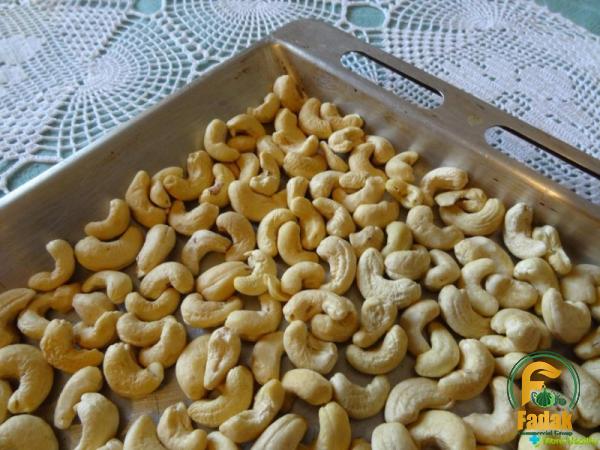
nut
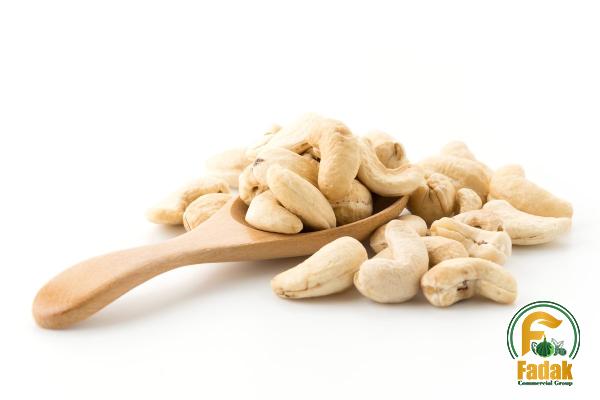 One of these is the mango tree (Mangifera indica), which is renowned for its juicy and delicious fruit. Mangoes are packed with vitamins, minerals, and antioxidants, making them a popular and nutritious addition to many diets. Another member of the family is the pistachio tree (Pistacia vera). Pistachios are small, greenish nuts that have a distinctive sweet and savory flavor. Pistachios are highly valued for their taste and nutritional content, as they are a good source of healthy fats, fiber, and a range of vitamins and minerals. They are commonly used in both sweet and savory dishes, as well as being enjoyed as a snack on their own. The poison ivy and poison oak plants (Toxicodendron species) are also part of the Anacardiaceae family. These species contain urushiol oil, which can cause allergic reactions in many individuals. Contact with any part of these plants, including leaves, stems, and roots, can result in a painful rash and itching. Another notable member of the family is the sumac tree (Rhus genus). The sumac tree produces clusters of small, red berries that are dried and ground to make a tangy spice called sumac. Sumac spice is commonly used in Middle Eastern and Mediterranean cuisines as a flavor enhancer for various dishes, including salads, marinades, and roasted meats. The family Anacardiaceae is known for producing oils with various properties. One example is the marula oil, which is derived from the nuts of the marula tree (Sclerocarya birrea). Marula oil is rich in antioxidants and fatty acids, making it a popular ingredient in skincare products, as it helps moisturize and nourish the skin. Other plants in the Anacardiaceae family include the Brazilian pepper tree (Schinus terebinthifolius), the lacquer tree (Toxicodendron vernicifluum), and the poison sumac (Toxicodendron vernix). These plants have different uses and characteristics, ranging from ornamental purposes to medicinal properties. In conclusion, the family Anacardiaceae is a diverse and noteworthy group of plants that includes several economically important and interesting members. From the cashew tree, which provides us with the delicious and nutritious cashew nut, to the mango tree, which dazzles us with its juicy fruit, and the pistachio tree, which delights us with its unique flavor, the family offers a wide range of culinary and nutritional opportunities. Additionally, the family includes plants with medicinal properties, such as marula oil, and ornamental plants like the sumac tree. The Anacardiaceae family demonstrates the diverse benefits and applications that plants can have in our lives.Sure! Here are 10 to 12 detailed paragraphs with business headings that continue the topic of the cashew nut family: 1. Cashew Nut Industry Overview: The cashew nut industry is a thriving sector that plays a significant role in the global economy. With increasing demand for healthy and plant-based snacks, the popularity of cashew nuts has grown steadily in recent years. The industry encompasses various stages, including cultivation, processing, and distribution, with key producing countries like India, Vietnam, and Nigeria leading the way.
One of these is the mango tree (Mangifera indica), which is renowned for its juicy and delicious fruit. Mangoes are packed with vitamins, minerals, and antioxidants, making them a popular and nutritious addition to many diets. Another member of the family is the pistachio tree (Pistacia vera). Pistachios are small, greenish nuts that have a distinctive sweet and savory flavor. Pistachios are highly valued for their taste and nutritional content, as they are a good source of healthy fats, fiber, and a range of vitamins and minerals. They are commonly used in both sweet and savory dishes, as well as being enjoyed as a snack on their own. The poison ivy and poison oak plants (Toxicodendron species) are also part of the Anacardiaceae family. These species contain urushiol oil, which can cause allergic reactions in many individuals. Contact with any part of these plants, including leaves, stems, and roots, can result in a painful rash and itching. Another notable member of the family is the sumac tree (Rhus genus). The sumac tree produces clusters of small, red berries that are dried and ground to make a tangy spice called sumac. Sumac spice is commonly used in Middle Eastern and Mediterranean cuisines as a flavor enhancer for various dishes, including salads, marinades, and roasted meats. The family Anacardiaceae is known for producing oils with various properties. One example is the marula oil, which is derived from the nuts of the marula tree (Sclerocarya birrea). Marula oil is rich in antioxidants and fatty acids, making it a popular ingredient in skincare products, as it helps moisturize and nourish the skin. Other plants in the Anacardiaceae family include the Brazilian pepper tree (Schinus terebinthifolius), the lacquer tree (Toxicodendron vernicifluum), and the poison sumac (Toxicodendron vernix). These plants have different uses and characteristics, ranging from ornamental purposes to medicinal properties. In conclusion, the family Anacardiaceae is a diverse and noteworthy group of plants that includes several economically important and interesting members. From the cashew tree, which provides us with the delicious and nutritious cashew nut, to the mango tree, which dazzles us with its juicy fruit, and the pistachio tree, which delights us with its unique flavor, the family offers a wide range of culinary and nutritional opportunities. Additionally, the family includes plants with medicinal properties, such as marula oil, and ornamental plants like the sumac tree. The Anacardiaceae family demonstrates the diverse benefits and applications that plants can have in our lives.Sure! Here are 10 to 12 detailed paragraphs with business headings that continue the topic of the cashew nut family: 1. Cashew Nut Industry Overview: The cashew nut industry is a thriving sector that plays a significant role in the global economy. With increasing demand for healthy and plant-based snacks, the popularity of cashew nuts has grown steadily in recent years. The industry encompasses various stages, including cultivation, processing, and distribution, with key producing countries like India, Vietnam, and Nigeria leading the way.
Specifications of nut
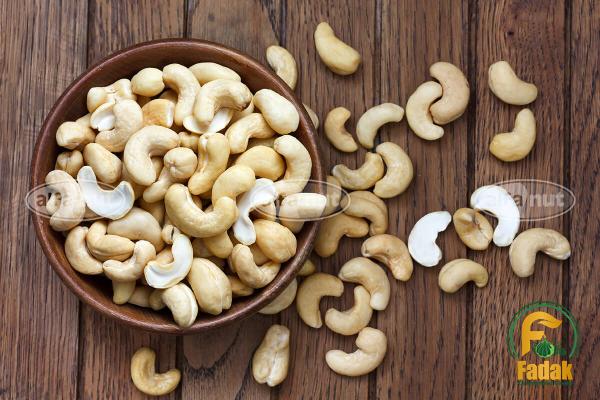 2. Market Trends and Growth Opportunities: The cashew nut market has witnessed impressive growth, fueled by factors such as rising disposable incomes, changing consumer preferences, and increased awareness of the health benefits associated with cashews. Manufacturers are focusing on product innovation, introducing value-added offerings like flavored cashews, roasted varieties, and organic alternatives to cater to different consumer segments. 3. Cashew Nut Processing Techniques: Processing cashews involves several steps to ensure the removal of the shell and retaining the nutritional value of the nut. This includes roasting the cashews to remove the toxic sap, mechanically cracking the shell, and separating the kernel. Advanced processing techniques, such as steam cooking and vacuum packaging, are also being employed to enhance shelf life and preserve product quality. 4. Cashew Nut By-Products and Value Addition: The cashew nut industry offers opportunities for value addition through the utilization of by-products. Cashew apple waste can be transformed into cashew apple juice, wine, and vinegar. The cashew nut shell can be used to produce industrial materials like resins, lubricants, and biofuels. By tapping into these by-products, companies can maximize profitability and contribute to sustainable development. 5. Export and Import Dynamics: Cashew nuts are globally traded commodities, with major exporting countries like India, Vietnam, and Brazil dominating the market. The United States, European Union, and China are prominent importers, accounting for a significant share of the global cashew nut trade. This global supply chain creates opportunities for international trade and economic cooperation among various countries. 6. Sustainability and Ethical Practices: Sustainability is a growing concern in the cashew nut industry, as consumers increasingly prioritize products that are responsibly sourced and environmentally friendly. Sustainable farming practices, such as organic cultivation and fair trade certifications, are gaining traction. Additionally, ensuring fair wages and safe working conditions for farmers and laborers is crucial for promoting ethical practices throughout the supply chain. 7. Health Benefits of Cashew Nuts: Cashew nuts are not only delicious but also offer a range of health benefits. They are rich in essential nutrients like protein, fiber, vitamins, and minerals. Regular consumption of cashews has been associated with improved heart health, weight management, and reduced risk of chronic diseases.
2. Market Trends and Growth Opportunities: The cashew nut market has witnessed impressive growth, fueled by factors such as rising disposable incomes, changing consumer preferences, and increased awareness of the health benefits associated with cashews. Manufacturers are focusing on product innovation, introducing value-added offerings like flavored cashews, roasted varieties, and organic alternatives to cater to different consumer segments. 3. Cashew Nut Processing Techniques: Processing cashews involves several steps to ensure the removal of the shell and retaining the nutritional value of the nut. This includes roasting the cashews to remove the toxic sap, mechanically cracking the shell, and separating the kernel. Advanced processing techniques, such as steam cooking and vacuum packaging, are also being employed to enhance shelf life and preserve product quality. 4. Cashew Nut By-Products and Value Addition: The cashew nut industry offers opportunities for value addition through the utilization of by-products. Cashew apple waste can be transformed into cashew apple juice, wine, and vinegar. The cashew nut shell can be used to produce industrial materials like resins, lubricants, and biofuels. By tapping into these by-products, companies can maximize profitability and contribute to sustainable development. 5. Export and Import Dynamics: Cashew nuts are globally traded commodities, with major exporting countries like India, Vietnam, and Brazil dominating the market. The United States, European Union, and China are prominent importers, accounting for a significant share of the global cashew nut trade. This global supply chain creates opportunities for international trade and economic cooperation among various countries. 6. Sustainability and Ethical Practices: Sustainability is a growing concern in the cashew nut industry, as consumers increasingly prioritize products that are responsibly sourced and environmentally friendly. Sustainable farming practices, such as organic cultivation and fair trade certifications, are gaining traction. Additionally, ensuring fair wages and safe working conditions for farmers and laborers is crucial for promoting ethical practices throughout the supply chain. 7. Health Benefits of Cashew Nuts: Cashew nuts are not only delicious but also offer a range of health benefits. They are rich in essential nutrients like protein, fiber, vitamins, and minerals. Regular consumption of cashews has been associated with improved heart health, weight management, and reduced risk of chronic diseases.
buy nut
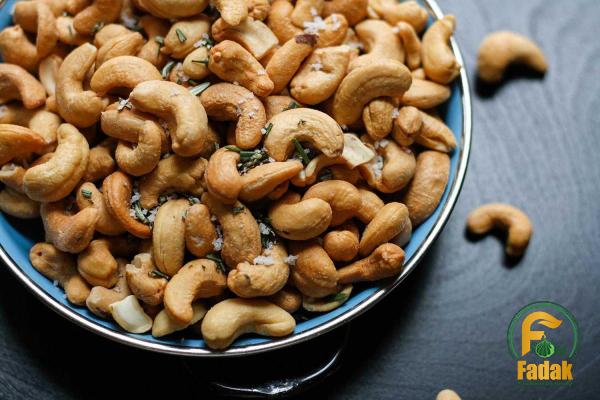 As consumers become more health-conscious, highlighting the nutritional advantages of cashews can be a key marketing strategy. 8. Innovative Applications in the Food Industry: Cashews are versatile ingredients that can be used in a variety of culinary applications. From vegan cheese alternatives and dairy-free creams to cashew-based spreads and desserts, innovative food products are emerging to cater to the rising demand for plant-based alternatives. The cashew nut’s creamy texture and nutty flavor make it an excellent ingredient for both sweet and savory dishes. 9. Cashew Nut Allergies and Safety Precautions: While cashew nuts offer various health benefits, it is important to note that they can cause allergic reactions in some individuals. Cashews belong to the same family as poison ivy and poison oak, which contain allergenic substances like urushiol. Therefore, proper labeling, allergen control, and awareness campaigns should be emphasized to ensure consumer safety and prevent cross-contamination. 10. Future Prospects and Challenges: Looking ahead, the cashew nut industry is poised for continued growth and expansion. Factors such as increasing urbanization, rising consumer demand, and technological advancements in processing techniques are expected to drive market growth. However, challenges such as climate change, fluctuating market prices, and pests and diseases affecting cashew crops pose potential risks that need to be addressed for the long-term sustainability of the industry. In conclusion, the cashew nut family, Anacardiaceae, encompasses various economically significant plants, with the cashew tree being the most well-known. The cashew nut industry offers numerous business opportunities, from cultivation and processing to distribution and value addition. Market trends, sustainability practices, and innovative applications are shaping the industry’s landscape. By capitalizing on the health benefits, market demand, and potential for value-added products, businesses can thrive in the competitive cashew nut market while ensuring ethical and sustainable practices throughout the supply chain.
As consumers become more health-conscious, highlighting the nutritional advantages of cashews can be a key marketing strategy. 8. Innovative Applications in the Food Industry: Cashews are versatile ingredients that can be used in a variety of culinary applications. From vegan cheese alternatives and dairy-free creams to cashew-based spreads and desserts, innovative food products are emerging to cater to the rising demand for plant-based alternatives. The cashew nut’s creamy texture and nutty flavor make it an excellent ingredient for both sweet and savory dishes. 9. Cashew Nut Allergies and Safety Precautions: While cashew nuts offer various health benefits, it is important to note that they can cause allergic reactions in some individuals. Cashews belong to the same family as poison ivy and poison oak, which contain allergenic substances like urushiol. Therefore, proper labeling, allergen control, and awareness campaigns should be emphasized to ensure consumer safety and prevent cross-contamination. 10. Future Prospects and Challenges: Looking ahead, the cashew nut industry is poised for continued growth and expansion. Factors such as increasing urbanization, rising consumer demand, and technological advancements in processing techniques are expected to drive market growth. However, challenges such as climate change, fluctuating market prices, and pests and diseases affecting cashew crops pose potential risks that need to be addressed for the long-term sustainability of the industry. In conclusion, the cashew nut family, Anacardiaceae, encompasses various economically significant plants, with the cashew tree being the most well-known. The cashew nut industry offers numerous business opportunities, from cultivation and processing to distribution and value addition. Market trends, sustainability practices, and innovative applications are shaping the industry’s landscape. By capitalizing on the health benefits, market demand, and potential for value-added products, businesses can thrive in the competitive cashew nut market while ensuring ethical and sustainable practices throughout the supply chain.
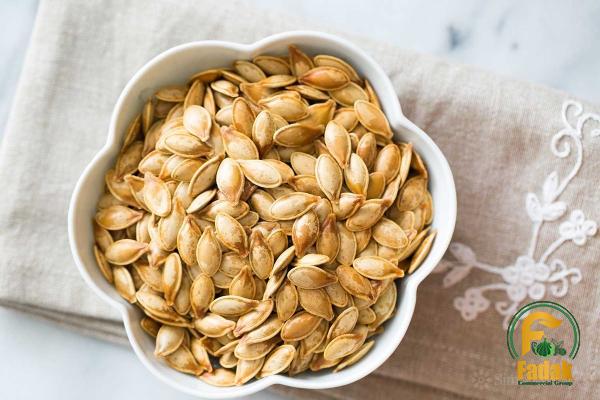
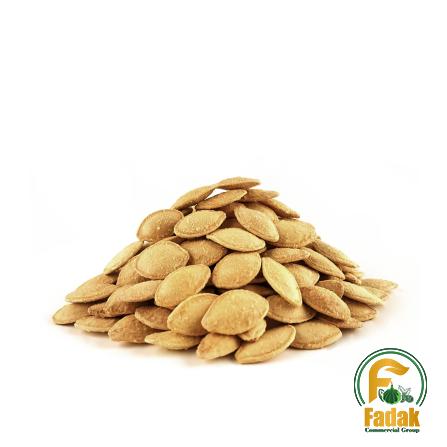

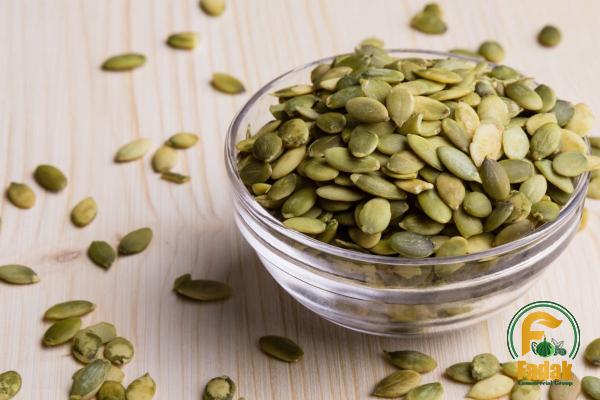
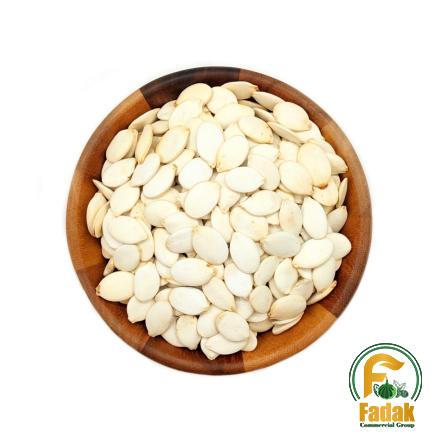
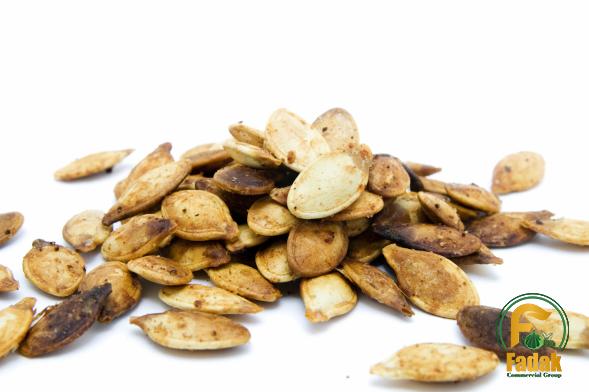
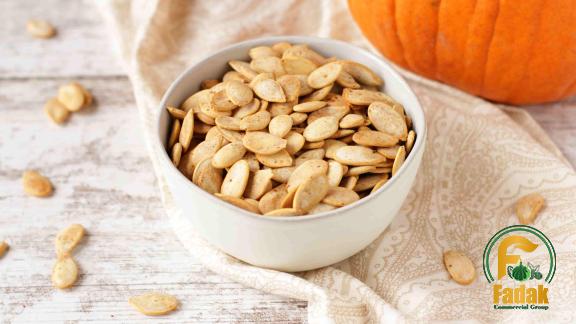
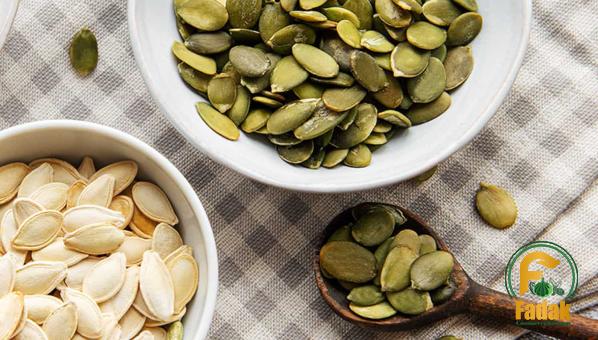

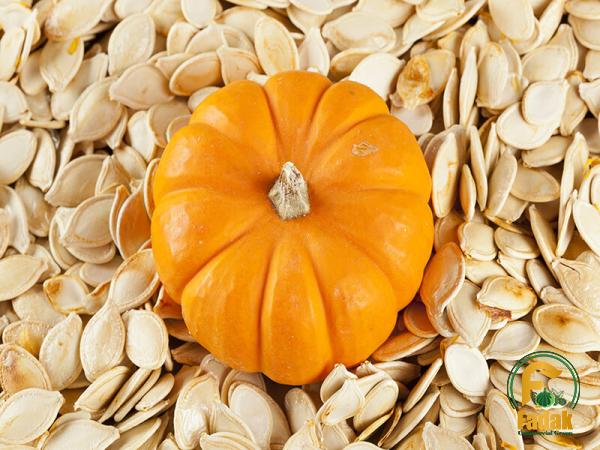
Your comment submitted.